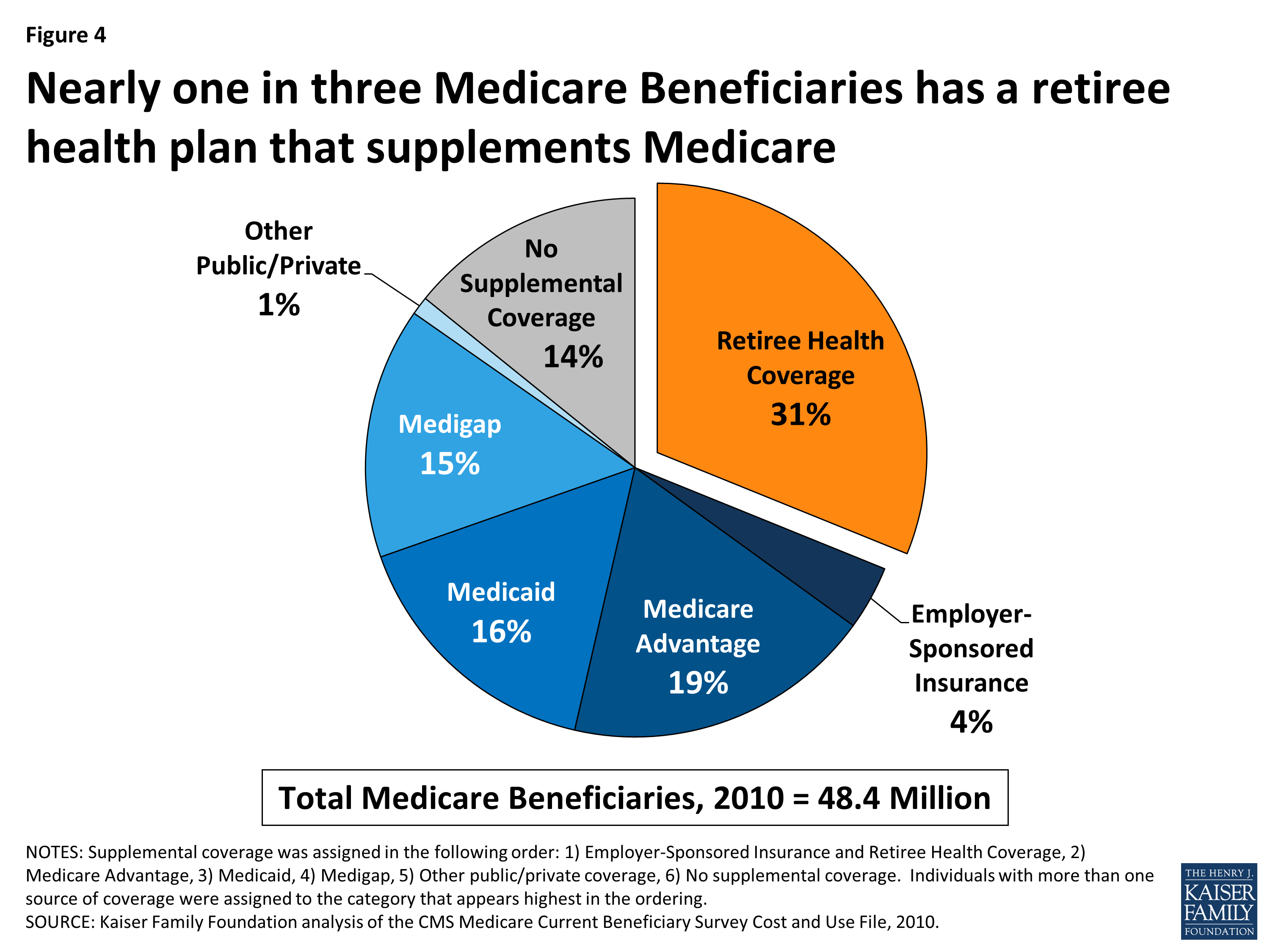Our Medicare Advantage Agent Statements
Our Medicare Advantage Agent Statements
Blog Article
The Greatest Guide To Medicare Advantage Agent
Table of ContentsGetting My Medicare Advantage Agent To WorkThe Medicare Advantage Agent IdeasRumored Buzz on Medicare Advantage Agent
:max_bytes(150000):strip_icc()/types-of-employee-benefits-and-perks-2060433-Final-edit-60cedb43c4014fdeb51aa3cd3c25f027.jpg)
follows from complies with the perplexing young age profile of account uninsured with without insurance better health, wellness average, standard younger persons. For those without access to workplace wellness insurance, bad health and wellness is a possible barrier to buying nongroup coverage because such protection might be highly valued, leave out pre-existing problems, or be merely inaccessible. Unless otherwise kept in mind, nationwide estimates of people without health insurance and percentages of the populace with different kinds of protection are based on the CPS, the most commonly made use of source of estimates of insurance coverage and uninsurance rates.

Medicare Advantage Agent for Dummies
The partnership between wellness insurance coverage and access to care is well developed, as documented later in this chapter. The partnership between health and wellness insurance coverage and wellness outcomes is neither straight nor straightforward, a substantial clinical and wellness services research literature web links health insurance policy protection
to improved access to care, better far better, and improved enhanced individual population health health and wellnessStanding The second record, on personal health and wellness results for uninsured adults, is represented by the inner circle of the number, while the 3rd report, on family health, includes the topics of the second record yet emphasizes a different system of analysis, namely, the family.
Additionally, it focuses especially on those without any medical insurance for any length of time. The problems dealt with by the underinsured remain in some aspects similar to those dealt with by the uninsured, although they are typically less severe. Uninsurance and underinsurance, however, involve clearly various policy issues, and the techniques for addressing them may differ. Throughout this research and the 5 records to adhere to, the primary focus is on persons with no health and wellness insurance policy and hence no aid in paying for healthcare past what is readily available with charity and security net institutions. Medical insurance is an effective aspect impacting receipt of care due to the fact that both patients and doctors respond to the out-of-pocket rate of solutions. Medical insurance, nevertheless, is neither required nor sufficient to get to medical services. The independent and direct result of wellness
insurance insurance policy on access accessibility health services solutions well established. Others will certainly obtain the wellness care they require even without medical insurance, by paying for it expense or seeking it from carriers that provide treatment complimentary or at extremely subsidized prices. For still others, health insurance coverage alone does not make certain invoice of treatment due to various other nonfinancial barriers, such as an absence of healthcare providers in their neighborhood, limited access to transport, illiteracy, or linguistic and social distinctions. Official research regarding uninsured populaces try this out in the USA dates to the late 1920s and early 1930s when the Committee on the Expense of Medical Care created a collection of reports regarding funding doctor office check outs and hospital stays. This concern became prominent as the numbers of medically indigent climbed throughout the Great Anxiety. Empirical researches consistently support the web link in between access to care and improved health and wellness outcomes(Bindman et al., 1995; Starfield, 1995 ). Having a regular source of care can be taken into consideration a predictor of gain access to, instead of a straight measure of it, when health and wellness results are themselves utilized as accessibility indicators. This expansion of the concept of accessibility measurement was made by the IOM Board on Monitoring Access to Personal Healthcare Services(Millman, 1993, p. Whether or not parents are guaranteed appears to impact whether or not their youngsters receive care as well as exactly how much careeven if the youngsters themselves have coverage(Hanson, 1998). The wellness of moms and dads can affect their capacity to care for their kids and the level of family stress and anxiety. Fretting about their children's accessibility to care is itself a resource of stress for moms and dads. 3 chapters comply with in this record. Chapter 2 offers a review of how employment-based wellness insurance, public programs and specific insurance plan operate and interact to give extensive but insufficient insurance coverage of the web link united state population. This consists of a testimonial of historical fads and public plans affecting both public and private insurance, a conversation of the interactions amongst the various kinds of insurance policy, and an exam of why individuals move from one program to an additional or wind up

Report this page